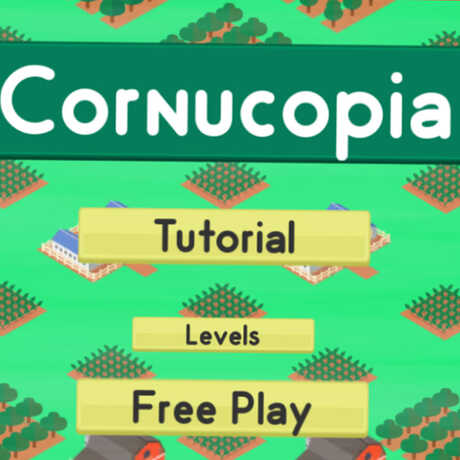Food, water, energy—we need solutions to the environmental issues of our day.
On Day 1, students will explore how too much food and too few food options are both important issues that need our attention. Students will interpret maps to try to identify food deserts in San Francisco. They will also examine three (perhaps surprising) examples of food items that are often thrown away but are in many cases usable and edible, like misshapen produce, foods with ‘expired’ sell-by dates, and leftover or surplus food.
On Day 2, students will examine how both agriculture and the foods we choose to eat can impact the environment. They will explore the impacts of clearing land for agriculture by reading about how and where rainforests are being cut down to make more room for crops or cattle. They will also compare the ‘land footprints’ of different kinds of foods and diets by looking at what different people around the world eat.


